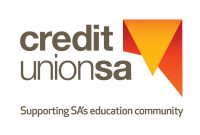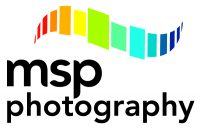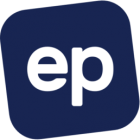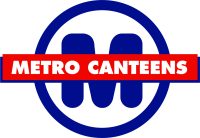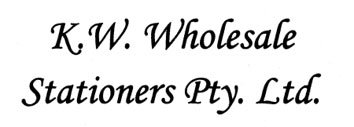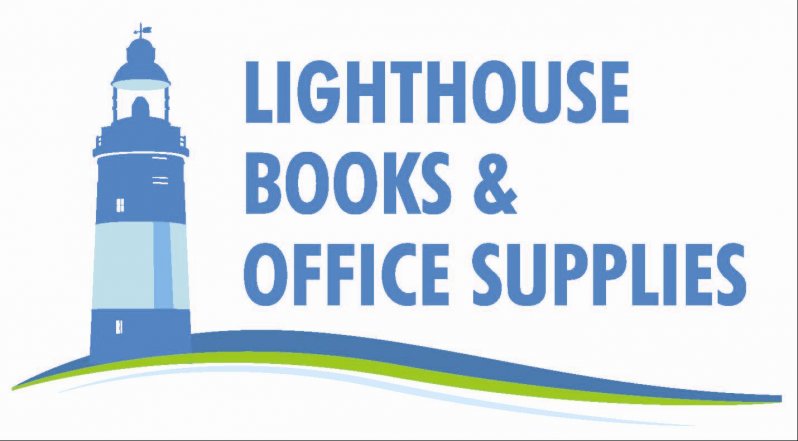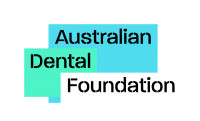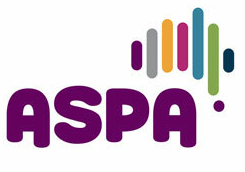
The Craigmore experience: student voice boosts student learning
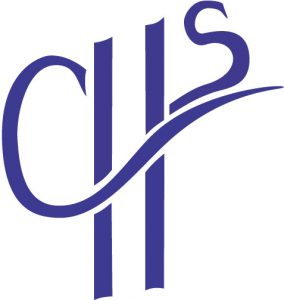
29th March 2016
Over the past 18 months, Craigmore High School has been involved in a project that has focused on placing students at the centre of their learning. Specifically, students have been involved in the co-design of curriculum and the related assessment requirements. The school has been very impressed with the outcomes of the project and now plans that, by the end of 2016, at least 50% of classes right across the school will be employing the same approach that has underpinned the success of the project.
Background to the project
Craigmore has had a long and rich association with TfEL( Teaching for Effective Learning), and in 2014 it became one of the schools in the PILOT program. This particular TfEL program aims to make student voice central to classroom learning.
Growing awareness that students wanted both to play a more active role in curriculum design and be better informed about the nature and purpose of assessment in their subjects, convinced the school to conduct a formal survey of student opinion in 2014. It was a credible survey, covering approx. 240 students at all year levels and using the TfEL Compass.
The results of the survey confirmed both directions: students were keen to be more involved in both the how and what of their learning; and they wanted to understand the form and purpose of assessment in the learning. With the results of the survey, the leadership team moved quickly to incorporate, as a specific focus in the school’s professional learning program, the impact of student voice on classroom learning . They also set up trials to pursue the same directions in real classroom situations.
From mid 2015, five teachers volunteered to trial the approach. They were all Humanities teachers – this was simply a timetable accommodation – and the classes covered years 9-11. In all, the trial covered some 120 students.
Essentially, working with the Australian Curriculum documents, the teachers involved the students, from the beginning, in planning what was to be covered. For example, one of the teachers was taking a unit on ‘human rights’ and he asked the students about their understanding of what such rights were, why they were important, what rights specifically they wanted to look at … . He was impressed by their interest in and sophisticated understanding of the topic. There was no difficulty in incorporating their perspectives and interests in the work. In this direct way, the students were involved in co-designing the curriculum.
All 5 teachers in the trial quickly noted the students’ interest in the area of assessment. Students wanted to understand the connection between what was to be learnt and how it was to be assessed. They wanted to know what the required standards were, both in terms of how they were described in the rubric of the Australian Curriculum and, more pointedly, what they looked like in a student’s work. They wanted to know what was required to improve their work and result. They saw the potential to negotiate assessment requirements to improve their final result. They were keen on the possibility of re-submission and appreciated the underpinning idea of formative assessment. They came to see assessment not as a separate, unrelated and inherently mysterious process but as an integral and manageable component within the learning program. The understanding of the form and purpose of assessment was the big breakthrough for students.
Obviously all this work was being done in classes where the teachers had volunteered for the trial and were committed to the basic theory and practice of the approach. The teachers were also meeting on a regular basis and being supported by TfEL personnel. The same basic approach was also being applied at other schools across the local partnership (Uleybury). However, while not discounting the importance of these additional supports in the trial phase, the school came to believe that the 2 most powerful forces driving the success of the trial were the essential pedagogical qualities of teacher initiative and student motivation.
Some additional context: ‘student commissioners’
Importantly, what has happened at Craigmore has happened within a broader pedagogical context. All the schools in the local partnership have appointed – 2-4 students per site – what are termed ’student commissioners’ who meet together regularly – every 2-3 weeks – with TfEL personnel. The intention is to promote the reality of students using their voice in their learning. There is also the focus on ‘growth mindsets’ and giving students the skills and strategies to develop a positive approach to learning, particularly when the learning is challenging. These student commissioners report back to the Governing Council and staff at each site. The schools in the partnership have been very impressed by the confidence of the student commissioners and the quality of their input. Progressively, more and more of the students who have acted as student commissioners in local primary schools will appear in the high school. Over time, the school believes that the expectation of student voice in the learning process will become the norm.
Measured Improvement
Student performance in the classes involved in the trial was measured over a single school term – Terms 2 -3, 2015 – and the data analysis showed significant improvement. The results have been published in Early Impact Report Pilot: activating student voice – accelerating improvement 2014-2016.
Overall, there was a significant improvement in the grades profile, with the 2 most striking improvements being a 57.8% increase in the grade A (from 19 to 30 students) and 46.3% reduction in grades below C (from 41 to 22 students). Another marked, and obviously related, improvement was in the area of work completion, where there was a 36% improvement in the completion and submission of assignments and assignment tasks.
Conclusion
The work at Craigmore highlights the individual teacher’s skill in drawing the students in to the learning process so that they become more involved in both designing and directing their own learning and, most importantly, have more of a stake in and more control over the assessment process as part of the learning. The Craigmore trial indicates significant benefits that can flow from this approach. The school accepts there may be differences across subjects and year levels, but it believes that the potential is there in any subject, at any year level, with any group of students. When students become more involved in the learning/teaching dynamic of the classroom – and in the case of Craigmore this has been a deliberate teacher initiative – the quality of their learning, and any related measure of their performance, should improve.
The project at Craigmore involved volunteer teachers who enjoyed the support of TfEL advisers. They were also given time – the equivalent of 1 line – to plan and work collaboratively. However, the school believes that the general approach can be adopted by teachers within conventional teaching arrangements. As indicated, in the next phase of the project, the school is looking for 50% of classes to be involved. This is written up in the school’s Site Improvement Plan. Initially, it will double the scope by partnering each of the trial teachers with another staff member keen to become involved. It plans to support this next phase with limited and carefully targeted teacher release time.
The school has already noted that word of the project’s success has spread and, not surprisingly, teachers are already employing some of the strategies or are keen to become involved. Importantly, the school believes that the relevant reference and support materials are already available, via TfEL, the Australian Curriculum and the Australian Institute for Teaching and School Leadership. Equally, refining the focus of the school’s professional learning program – even to the extent of incorporating formal student input – has proved a manageable exercise.
Lastly, the success evident at Craigmore, grew from a current pedagogical focus. In this sense, the direction is not a radical innovation. Rather, it represents the natural extension of the idea of ‘triangulated feedback’ which underpins the TfEL Compass. The success at Craigmore demonstrates that student voice is not only valuable as one of 3 sources of feedback for teachers, it also has a critical role to play both in the very design of the curriculum, as it is presented in the classroom, and in the forms and purposes of the assessment which are integral to the same curriculum.
Contact
Principal Des Wauchope is on LSL in Term 1 2016. The Acting Principal is Graham Jennings.





